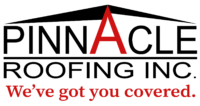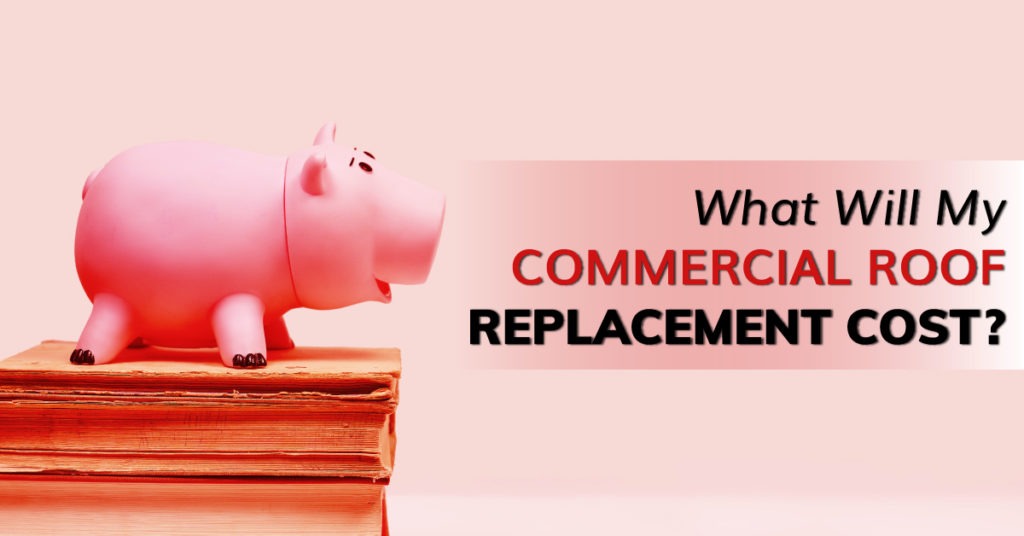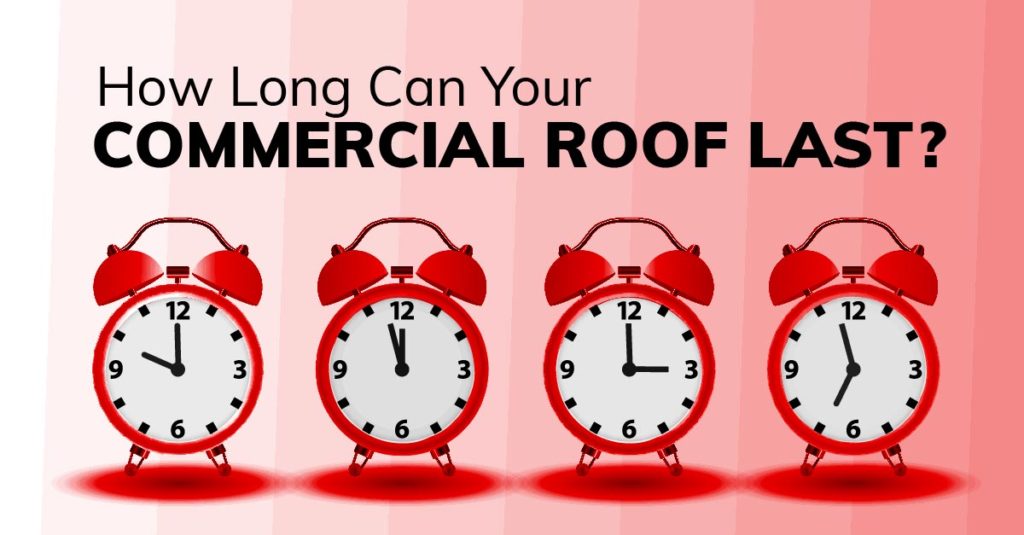If you’re looking to replace the roof on your commercial building, understanding what flat roof materials would work best for your situation is crucial. The materials and method you choose will affect your installation and maintenance budget, the life expectancy of your roof, and how long the installation process will take.
TPO Roofing
TPO (Thermoplastic Polyolefin) is a single-ply roofing system of three bonded layers. Each layer is made of ethylene propylene rubber and fillers which add to the durability and flexibility.
TPO roofing is quite durable and has an expected lifespan of 20 to 30 years. Routine inspection, cleaning, and prompt seams repair is important to ensure the roofing system performs well throughout its life.
Pros
- Costs less than other flat roofing materials
- Is resistant to fire, pests, corrosion, mold, and mildew
- Fast and easy to install
- Highly flexible and lightweight
- Resistant to punctures and tears caused by the building’s movement
- Its white surface helps reflect UV rays
- Made from environmentally friendly products
Cons
- Has questionable longevity because it’s relatively new
- Manufacturers are constantly changing their formulas, so the quality of TPO membranes varies widely
- Prone to failure with extended exposure to high thermal or solar loading
- Lamination of the uppermost part introduces weak pints, cracking, and shrinkage
EPDM Roofing
Commonly known as a “rubber roof,” EPDM (ethylene propylene diene monomer) is an extremely durable synthetic rubber roofing membrane. Its two primary ingredients are propylene and ethylene, but it also contains a mixture of recycled materials.
An EPDM rubber roof has an expected lifespan of up to 50 years. You can extend its life further to get the most out of it with proper maintenance every 3 to 4 years, or more frequently during extreme weather events.
Pros
- The cost of EPDM is generally very low compared to other flat roof coatings
- Designed to withstand harsh weather
- The material is fire-resistant
- Leaks are fairly rare because there are fewer seams
- Fairly durable and doesn’t scuff or scratch easily
- Fast and easy to install and repair
- White EPDM is energy efficient as it reflects the sun’s heat
Cons
- Relatively fragile in the wrong environment
- Can easily be punctured by foot traffic and falling objects
- A black rubber roof does not have an aesthetic appeal
- Poor resistance to petroleum-based products
PVC Roofing
PVC (polyvinyl chloride) is a great single-ply membrane made from two layers of recycled PVC trim and membranes. Polyester is added between the layers to provide support, flexibility, UV stability, and prevent curing.
A well-engineered and installed PVC roof can last in excess of 20 years. It requires minimal maintenance, which typically involves regular inspections, ensuring proper drainage, inspecting flashing and seams after a rainstorm, and repairing damaged and worn places.
Pros
- Easy to install, maintain, and repair
- High flame resistance with a Class-A rating
- Strong with a breaking strength of at least 350 pounds per inch square
- Highly resistant to chemical damage
- Environmentally friendly and recyclable
- Resistant to high wind speeds
- Designed to be watertight and resistant to mold and organic growth
- Incredibly flexible
- Superior reflective capabilities thanks to lighter colors
Cons
- Higher material and installation costs
- Older PVC is tricky to repair
Modified Bitumen
Modified bitumen is an asphalt-based roofing system consisting of multiple layers which compound to increase the durability and performance of the roof. There are two main types of modified bitumen sheets: APP (Atactic Polypropylene) and SBS (Styrene-Butadiene-Styrene).
A modified bitumen roof has an expected lifespan of 15 to 20 years. Keeping your roof clean, ensuring proper drainage, and fixing leaks and damages will keep your roof in great shape for years.
Pros
- Performs well in cold weather
- Relatively easy to install
- Easy to repair
- Durable
- Lower energy bills and carbon footprint
- Long-lasting
- High tensile strength
- Hail, wind, and fire-resistant
- The multi-layer prevents faster wear and tear
Cons
- Heavyweight
- Tends to soak up heat
- High installation cost
- Strong foul odor after installation
- Prone to ponding
- Breaks down when subjected to chemicals
- Develops tears and scuffs over time
How Many Layers Should a Flat Roof Have?
Depending on the current roofing system, the condition of your roof’s structural support, and local building codes, it’s possible to have two layers of roofing. However, it’s only advisable to have one layer because reroofing tends to increase the weight of the roof. Excessive layers can lead to water damage, issues in the foundation, and structural damage.
Research and consultation come in handy when deciding which flat roof material would be best for your property and whether you want to explore total roof replacement. Pinnacle Roofing provides commercial roofing services in The Capital Region of New York and Southern Vermont. We can help you make the best decision and install a quality roofing system which will keep your business protected. Contact us today for a free roof inspection and consultation.



